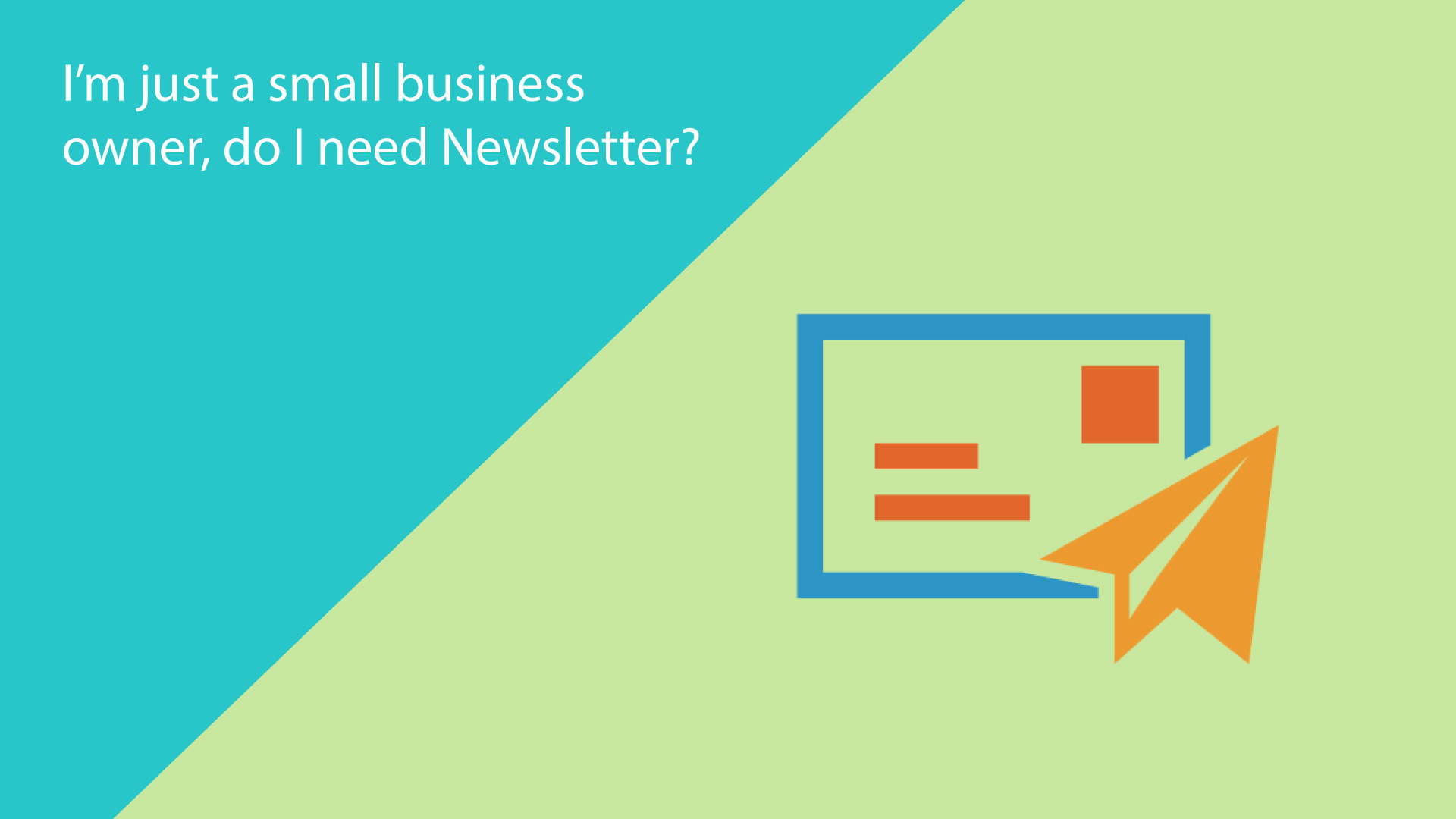This is one of hundreds of videos where I answer the most commonly asked questions related to small business websites. Today’s question is, “Does my small business need a newsletter?” Typically these newsletters are facilitated through your website and I would say yes, it probably does and here’s why.
Small Business Need a Newsletter
While social media likes and followers are great, they don’t compare to the value of direct access to your audience’s email inbox. When someone subscribes to your newsletter, they’re showing a high level of trust and interest in your business. This level of connection can’t be achieved just through social media interactions. Email marketing is one of the most effective ways to reach out to potential customers or maintain relationships with existing ones.
Building a newsletter subscriber list starts by creating a sign-up form on your website. Make it easy for visitors to subscribe by placing it in a prominent location. Consider offering an incentive, such as a discount code, free ebook, or exclusive content, to encourage sign-ups.
Once you have subscribers, the next step is crafting compelling content. The key to a successful newsletter is providing value. Don’t simply push sales or promotional content. Instead, mix it up with educational articles, industry insights, or even behind-the-scenes looks at your business. For example, if you run a bakery, share new recipes or baking tips. If you’re in the fitness industry, offer workout routines or nutrition advice.
Keep your newsletter engaging by using a conversational tone and addressing the reader directly. Think of it as a one-on-one conversation rather than a mass communication. Adding personalized elements, such as the recipient’s name, can also increase engagement and make your emails feel more tailored.
Be mindful of your email frequency. While it’s important to stay top-of-mind, overloading subscribers with too many emails can lead to a high unsubscribe rate. Start with a manageable frequency, such as once a month, and gauge the response. If your subscribers are engaging with your content and asking for more, you can consider increasing the frequency to bi-weekly or even weekly.
Avoid common pitfalls like using too many salesy or promotional phrases, which can trigger spam filters and prevent your email from reaching the inbox. Ensure that your email content is visually appealing and easy to read. Use images sparingly and break up text into short paragraphs to enhance readability.
Moreover, keep track of your newsletter’s performance. Pay attention to open rates, click-through rates, and unsubscribe rates to understand what content resonates with your audience. Use these insights to improve your future newsletters.
If you’re worried about the time commitment, you don’t need to start from scratch every time. Repurpose content from your blog posts, social media updates, or any recent company news. This not only saves time but also ensures your audience stays informed about your business.
The content of your newsletter is essential because it needs to provide value and relevance to your audience. Avoid filling your newsletter with random content, quotes, or unrelated articles. Instead, focus on creating content that reflects your expertise, answers common questions, or shares insights that resonate with your audience. When you send high-quality, targeted content, you increase engagement and reduce the risk of your emails landing in the spam folder. Building trust through consistent, value-driven newsletters will strengthen your relationship with your audience and boost your business’s credibility and growth.
In summary, newsletters are a powerful tool for small businesses. They allow you to maintain direct communication with your audience, build stronger relationships, and provide value that goes beyond social media posts. With a well-planned strategy developed by wpXPRESS, newsletters can become a cornerstone of your digital marketing efforts, helping you nurture leads, engage customers, and ultimately grow your business.





0 Comments